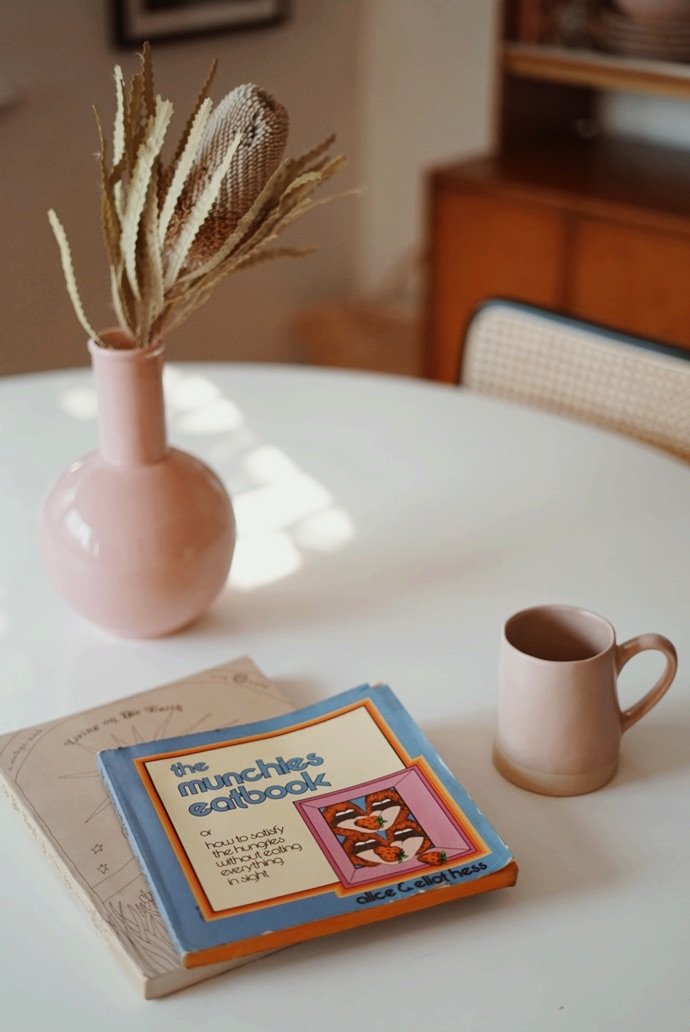Did you click on this post because you read the title and thought, “Has Sam lost her marbles?” Technically, I still have all my wits about me, but I can understand the confusion. Shinrin-yoku, also known as “forest bathing” is a wellness practice from Japan and Asia that is currently gaining more and more popularity across the world.
In the early 1980s, Japan developed a wellness program in nature, shinrin-yoku, as a healing practice meant to curb the country’s mental health crisis. The Japanese Ministry of Agriculture, Forestry and Fisheries coined the term “shinrin-yoku” (literally “take the atmosphere of the forest”), to encourage citizens to take walks in the forests. In the 1990s, the matter was taken very seriously and Japanese researchers carried out advanced studies on the physiological effects of this practice. Researchers found that after only 40 minutes of walking, the participants saw their stress level, heart rate, and blood pressure decrease.

What is forest bathing?
To bathe in the forest or nature means to bask in it. Your five senses take it in. You smell the flowers; you feel the breeze on your skin; you see the tall and magnificent trees, some of which may have been there for centuries. You hear the sounds of nature around you. You feel the forest deep within your soul. It is said to be transforming.
How does it work?
Walks are very slow and are designed to be accessible for just about everybody. It’s not meant to be exercise or hiking or learning the Latin names of plants.
Where
The denser the forest, the greater the benefits, but any natural area or park with trees will suffice. Look for a quiet atmosphere, beautiful scenery, mild weather, fresh air and a forest with a good smell. Find a forest, park or nature preserve with wide, flat and gentle walking paths. Or, find trees in an urban park where you can sit and enjoy the environment. The key is to find a place where you can experience a natural outdoor setting, which may be different for everyone. Look for a place where you will be comfortable and relaxed.
How
Minimize distractions and let yourself fully immerse in the forest environment. Turn off any electronic devices and stow them away in your pocket or pack.
Stop to smell the plants and feel the texture of a leaf. Find a place to have a seat. Listen to the forest’s natural sounds around you. Pay attention to the birds and other animals in the woods. When you sit still, do they quiet with becoming accustomed to your presence?
Forest bathing takes place at a slow, almost meditative pace. Take your time and look around as you stroll along a forest path. Engage your senses and observe your surroundings. Stop every once in a while and sit or look up and all around. Be still.
You can go alone, but if you go with others, ask that all forest bathing be done in silence, this isn’t the time for catching up.
Why
By combining mindfulness and spending time in nature—two activities that have restorative properties on their own—shinrin-yoku can yield significant health advantages. Even if you don’t live near a forest, studies suggest that just looking at green space—say, the trees outside your office window—helps reduce muscle tension and blood pressure.
So next time you’re feeling burnt out or overwhelmed, head to the trees!


